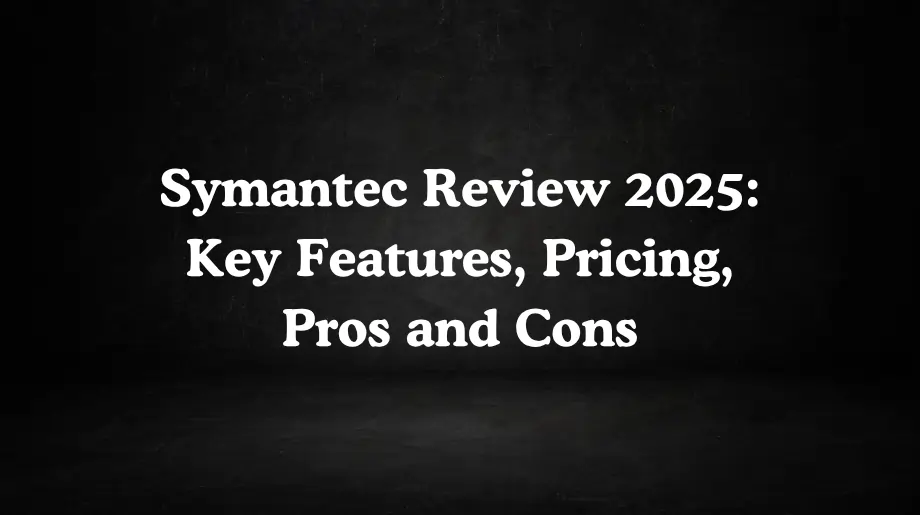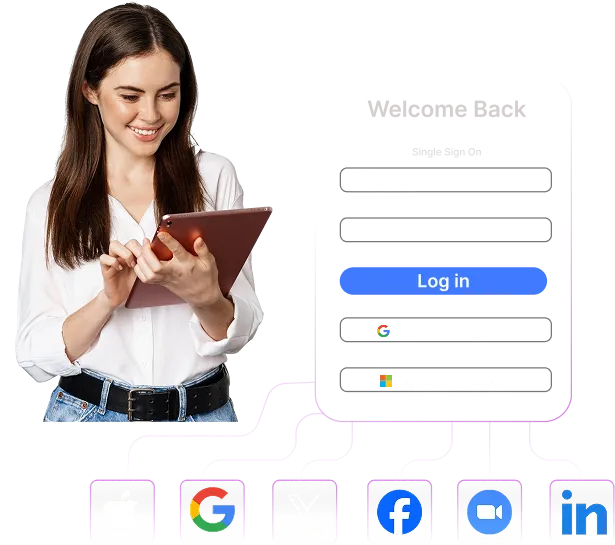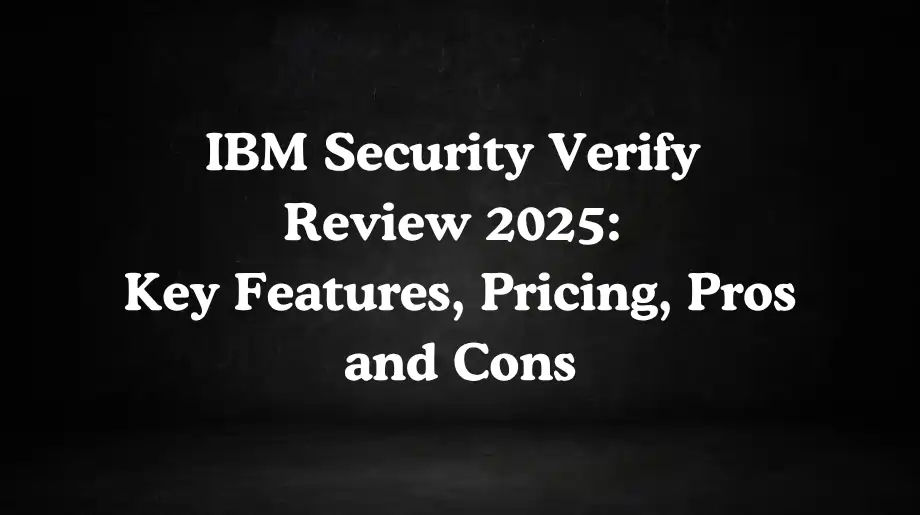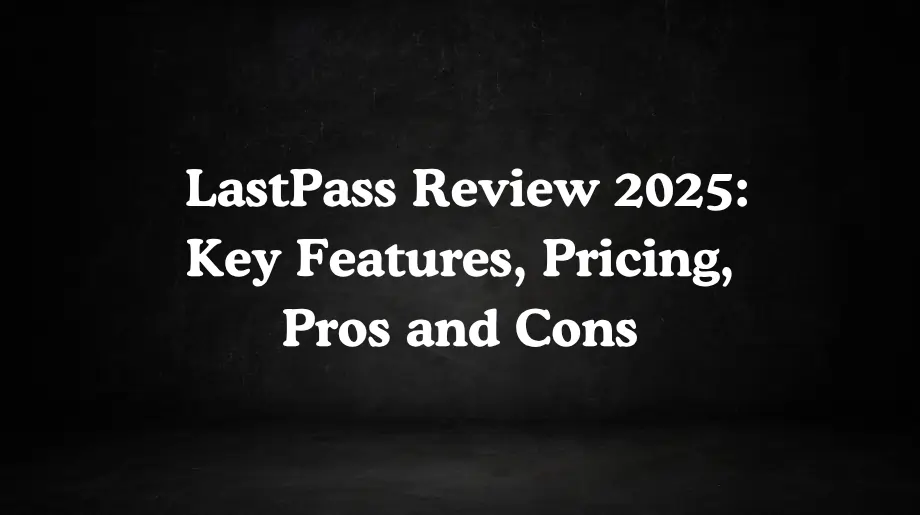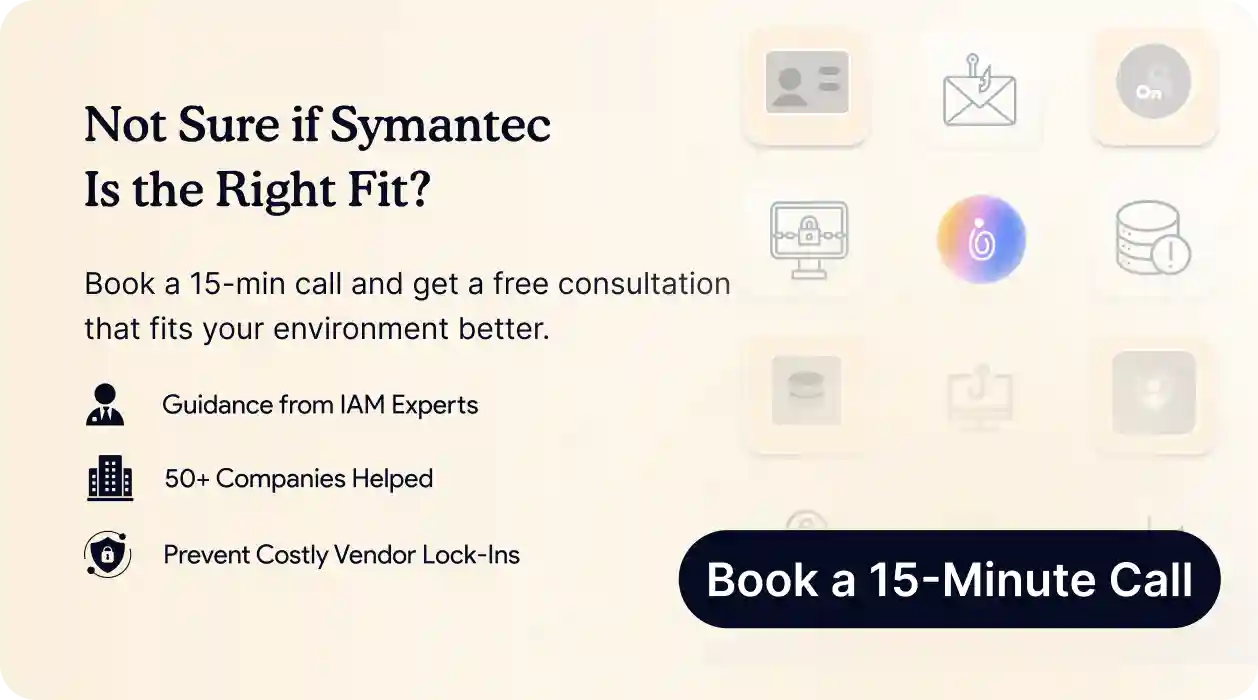
What is Symantec?
Symantec, as a security business, is a division of the technology company Broadcom. Its story started out in 1982.
The Symantec enterprise security portfolio is now a part of Broadcom. It came about over decades through internal work and by buying up other companies. As a result, Symantec has become a large player in the cybersecurity field.
Interestingly, it did not begin as a security company. Instead, it was an artificial intelligence startup founded by Gary Hendrix with a grant from the National Science Foundation.
Today, Symantec's mission is to supply a wide-ranging and feature-rich set of security solutions. These are mainly for large businesses that need powerful, scalable protection.
Key Features and Services of Symantec
The Symantec Enterprise Cloud acts as the base architecture for four main security pillars. All of these are supported by its famous threat intelligence network. This structure is put together to supply a complete defense shield for large companies.
1. The Global Intelligence Network (GIN)
Supporting the entire portfolio is the Global Intelligence Network (GIN). This is Symantec's most important competitive advantage.
- The GIN is one of the biggest civilian security intelligence networks in the world.
- It collects and analyzes data from 175 million endpoints. It also pulls in data from 80 million web proxies and 57 million attack sensors in 157 countries.
- This huge amount of data is processed by AI systems and over 500 security experts. As a result, it powers the effectiveness of all Symantec protection technologies. It allows advanced features like File Reputation Analysis (Insight) to make very accurate judgments on new threats.
This is why users praise its ability to head off attacks that have not been seen before.
2. Endpoint Security and Management
Symantec Endpoint Security (SES) is the main product. It is designed to protect traditional devices like laptops and servers, as well as mobile devices. It uses a single-agent design to cut down on complexity and performance impact. Protection is delivered in five layers.
- These are Network (Firewall, IPS), File (Antivirus), Reputation (Insight), Behavior (SONAR), and Repair (Power Eraser).
- In addition, SES also has advanced technologies that do not use signatures, like Memory Exploit Mitigation to block fileless attacks.
- A Deception engine also uses decoys to reveal attackers. The product comes in two tiers: SESE for basic protection and SESC, which adds full Endpoint Detection and Response (EDR) and threat hunting tools.
3. Information Security (Data Loss Prevention)
This pillar is centered on its Data Loss Prevention (DLP) solution. It is designed to give large businesses full visibility and control over their confidential data. This helps with compliance and protects intellectual property.
- It works on a Discover, Monitor, Protect framework. First, it finds where sensitive data is located across endpoints, servers, and cloud apps.
- Then, it watches how that data is used and moves through channels like email and USB drives.
- Finally, it protects the data with actions like blocking, quarantining, and encryption. Its power comes from advanced detection methods. For example, it uses Exact Data Matching (EDM) for structured data and Sensitive Image Recognition (OCR) to find text inside images.
4. Network and Email Security
Symantec's Network Security products came mostly from the Blue Coat Systems acquisition. They work to secure user access to the web and company applications. Key parts include the Secure Web Gateway (SWG) to filter web traffic and inspect encrypted traffic.
- There is also Zero Trust Network Access (ZTNA) which supplies secure, identity-based access to private apps. On top of that, Web Isolation runs risky web Browse sessions in a secure, remote container.
- The Email Security suite protects against email-based threats like malware and phishing. The main product, Email Security.cloud, gives a multi-layered defense.
- It has features like real-time link scanning and impersonation controls. It is also backed by strong service agreements for virus and spam protection.

Symantec Pricing
Figuring out the financial investment for the Symantec portfolio is a complicated task. Indeed, it goes beyond a simple price per user. Broadcom uses a partner-led pricing model. This means there is no public price list on its website.
- One analysis suggests a single license could cost anywhere from $16.90 to $49.99. This shows that buyers need to talk with multiple partners to get the best value.
- Reseller pricing gives a general idea of the tiered structure. For a one-year subscription, SESE might be listed at around $47.90 per license.
- The more feature-rich SESC, on the other hand, could be priced at $98.80 per license. Large volume discounts are available, with prices per license dropping for bigger purchases.
Symentec Usability and Interface
The user experience is a major point of difficulty with the Symantec portfolio. It shows the trade-off between the product's power and its ease of use. Management is supposed to be centralized.
- This is meant to happen through the Integrated Cyber Defense Manager (ICDm). The ICDm is a single cloud-based console. However, user assessments on multiple platforms show a gap between this marketing promise and the real-world experience.
- Users generally agree that the products are powerful and effective at detecting threats. But this praise is almost always followed by heavy criticism of the user interface. The UI is often described as being clunky, outdated, and not intuitive. This ultimately gets in the way of the work of security teams.
- This complexity seems to have worsened since the Broadcom acquisition. A common complaint is about increased management separation. Users report needing to use multiple portals to manage different parts of the service. This goes directly against the single console promise.
- This problem also affects more than endpoint security. The Symantec DLP product is also described as very complex to set up, configure, and manage. It has a long setup process. This process demands deep technical knowledge and dedicated staff.
- The on-premise version needs an Oracle database, which can add more cost and complexity. This high operational demand means that businesses must be ready for the hours and special skills needed to operate the system. This is a major factor that adds to its high total cost of ownership.
Symantec Reviews and Ratings
- Symantec gets high praise for the effectiveness of its protection layers. This is particularly true for its endpoint security and data loss prevention. But this comes at the cost of major management complexity and a dated user interface.
- User assessments consistently rate Symantec's products as highly effective in threat detection and prevention. Many praise their ability to stop sophisticated attacks.
- On platforms like Gartner Peer Insights, users commend Symantec for its powerful and reliable threat detection. However, this praise is almost always followed by criticism of the user interface. It is frequently described as clunky, outdated, and difficult to navigate. This complexity often requires specialized staff for effective management.
- A common point of difficulty is the management overhead. Since the Broadcom acquisition, users have reported an increase in management complexity. They note the need to navigate multiple portals to manage different services, which contradicts the unified system promise.
- Additionally, Symantec's pricing is not transparent and requires negotiation through partners. The Total Cost of Ownership (TCO) can be high. This is true when including the notable administrative overhead and the cost of dedicated personnel needed for system management.

Overall View of Symantec
After a full assessment, a clear picture of Symantec's enterprise product line appears. It is a product family defined by a basic trade-off. This trade-off is between great protective power and notable operational difficulty. Its main strength is its unmatched threat intelligence. It also has powerful, multi-layered protection technologies.
The ideal customer for Symantec is a large, established enterprise. This could be a Fortune 1000 company or a major government agency.
On the other hand, businesses that value speed, simplicity, and a low-demand operational style will probably find modern alternatives to be a better strategic choice.
Infisign: The Best Symantec Alternative
Symantec's strength has a downside. It involves major management complexity and a dated user interface.
This makes it not intuitive, and alternatives like Infisign are a better choice. It is especially useful for businesses that struggle with clunky, separate management portals and want more operational speed.
This access management product has two main parts. The IAM Suite is for the improved administration of employee identities. UniFed is a CIAM tool for bettering user accessibility.
Also, Infisign has a large collection of over 6000 APIs and SDKs. This helps with a quick and uncomplicated setup for your entire set of technologies.
Infisign directly addresses Symantec's limitations with several significant capabilities:
- AI-Powered Access & Reporting: Infisign uses AI to automate and simplify access management. Companies can spend weeks preparing for audits with Symantec's less modern reporting tools. Infisign generates automated, audit-ready access certification reports in minutes, which greatly lessens IT workload.
- Unified and Intuitive Interface: Infisign gives users a true unified authentication portal. This removes the administrative difficulty that comes from managing powerful but disconnected point products.
- Transparent Pricing and Lower TCO: Symantec uses a non-transparent, partner-led pricing system. This system requires negotiation and can hide the true Total Cost of Ownership (TCO). Infisign has a more economical price with a clear cost structure. This avoids the high soft costs of a Symantec setup, which often needs major administrative work and special staff to manage its complexity.
- Adaptive Multi-Factor Authentication (MFA): Infisign’s adaptive MFA is built into a modern, single system. It checks risk factors like device status and location to apply strong authentication. This avoids the complexity of managing separate systems.
- Managed Password Authentication (MPWA): Using Managed Password Web Authentication on Infisign gives the ability to regulate access to applications without SSO support. It also works for older and web-based applications. This lessens the likelihood of shadow IT within your setup.
- Secure Network Access Gateway: Apply zero-trust principles to your legacy, locally hosted applications. Infisign's network access gateway permits safe, cloud-based entry to resources hosted on-premises. This effectively bridges older systems with current security needs.
- Responsive, Expert-Led Support: Infisign concentrates on a fully-managed experience handled by experts. This makes certain that customers get timely and knowledgeable assistance. It avoids the uncertainty common after company acquisitions.
Want more details on how Infisign performs better than Symantec? Reach out for a free demo call with our team of security experts.

FAQs about Symantec
What is Symantec used for?
Symantec's enterprise portfolio is used to supply multi-layered cybersecurity protection for large businesses. Its main purpose is to lock down Endpoint Security, Information Security, Network Security, and Email Security. Large companies use it to build a defense-in-depth security posture across their technical foundation.
Does Symantec still exist?
Yes, Symantec still exists, but its structure has changed. The consumer business, including Norton and LifeLock, became a separate company now known as Gen Digital. The enterprise security business was absorbed by Broadcom and now operates as its Symantec Enterprise division.
Is Symantec owned by Broadcom?
Yes, the technology company Broadcom bought the enterprise security business of Symantec for $10.7 billion. The sale was finalized on November 4, 2019, as a strategic move for Broadcom to grow its software business. The Symantec enterprise portfolio is now part of Broadcom's Enterprise Security Group.
Is SEP an EDR?
Symantec Endpoint Protection is not a full EDR solution in its basic form. The base product, Symantec Endpoint Security Enterprise (SESE), supplies advanced prevention tools but not a full EDR platform. To get full EDR functions like threat hunting, a business must buy the premium tier called Symantec Endpoint Security Complete (SESC).
How old is Symantec?
Symantec was founded in 1982 by Dr. Gary Hendrix, a researcher in artificial intelligence. The company's first work was in AI-related projects, not security. Its major shift into the cybersecurity field happened in 1990 when it acquired Peter Norton Computing.





